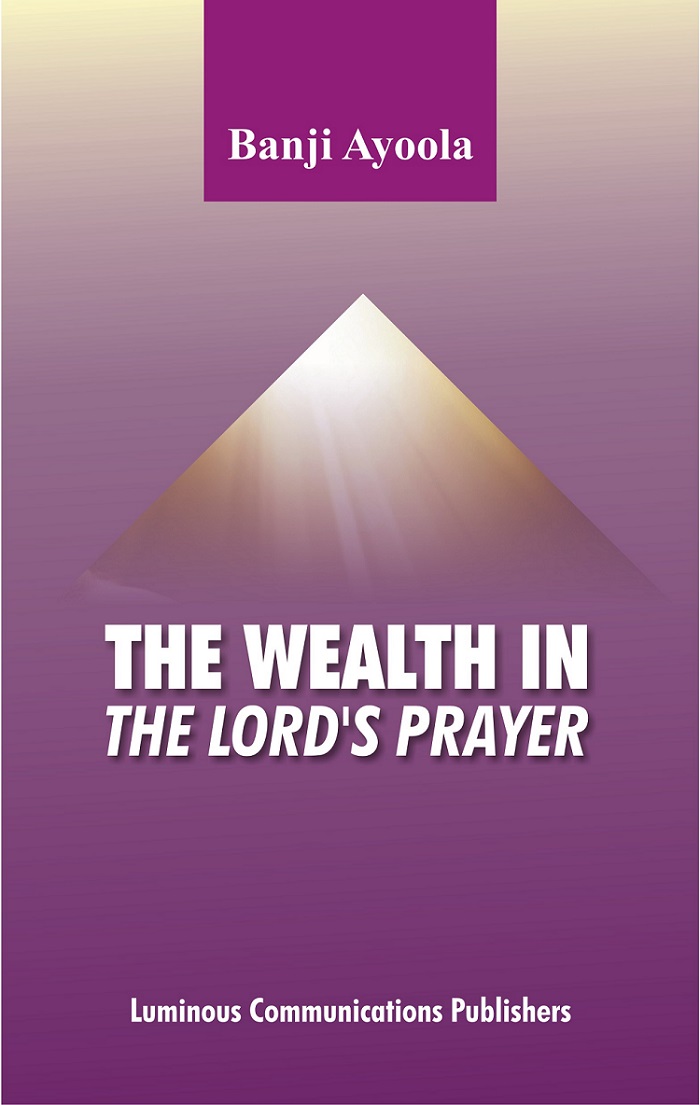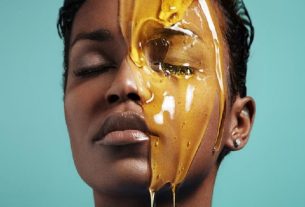By Dr. Bidemi Ojeleye
What are the reasons for different honey colors?
As known to many of us, honey comes in different colors and aromas. Today, we’ll take a look at the reasons for different colors of honey and what they can mean for your bottled honey. Let’s go on!
Honey comes in a myriad of colors, ranging from the transparent or “white” variety to the dark “deep amber”. There are also incidents of unusually colored honey, like red or blue-green.
Looking at the honey shelves in supermarkets, you will see different honey colors which may be confusing and suggest which to go for.
Some consumers who are out of pass along information or preference will always like a particular color or prefer it to other colors. There are no qualms about this, but we need to know which color is better before making a decision.
Why does honey come in different colors? The color of honey is determined by the food sources of bees, mainly pollen and nectar from various plants that produce nectar of various colors. Plant availability for each nest varies throughout the year. This means that the honey from the hive may change color several times during the season, unknown to the beekeeper until harvesting.
Honey bees forage for both nectar and pollen. The nectar is the bee’s source of energy while the pollen is consumed because it provides protein and other nutrients, water is used for absorption of these nutrients. However, like any other animal, what goes in is what comes out, i.e. gabbage in, gabbage out.
So, in general terms, the color of honey depends on the type of plant from which the bees collect nectar. If you’re wondering which plants bees get their nectar and pollen from, you can tell by looking at the color of the pollen baskets and finding out which species bloom at that time of day.
Minerals found in color sources such as sulfur, potassium, calcium, magnesium, sodium, copper, iron and manganese also affect the color of honey.
According to this chart, honey comes in the following varying colors:
🐝Water White
🐝Extra White
🐝White
🐝Extra Light
🐝Amber
🐝Light Amber
🐝Amber
🐝Dark Amber
Please note that the white color mentioned here doesn’t mean that the honey is white, it only means that the honey is colorless like honey from coconut.
I have been asked many times that *is it true that the color of honey affects its quality?*
Yes! The color of honey affects honey quality, especially its taste and aroma. For instance, lighter honey has a milder taste, while darker honey has a stronger and fuller taste. However, there are exceptions to this rule. The color of honey also indicates the antioxidant content of the product.
Generally, the darker the color, the higher the antioxidant content of honey. Dark honey contains 10-20 times more beneficial antioxidants than light honey. No wonder Tropicalbee honey fits perfectly well into this worldwide scientifically proofed acceptability.
Antioxidants are important to our health because they help fight free radicals, which can wreak havoc if we have too many of them in our bodies.
The predominant antioxidants in higher concentrations in dark honey include flavonoids, phenolic acids, and enzymes.
Your *Tropicalbee honey* is a darling product to its consumers.
Read also:






